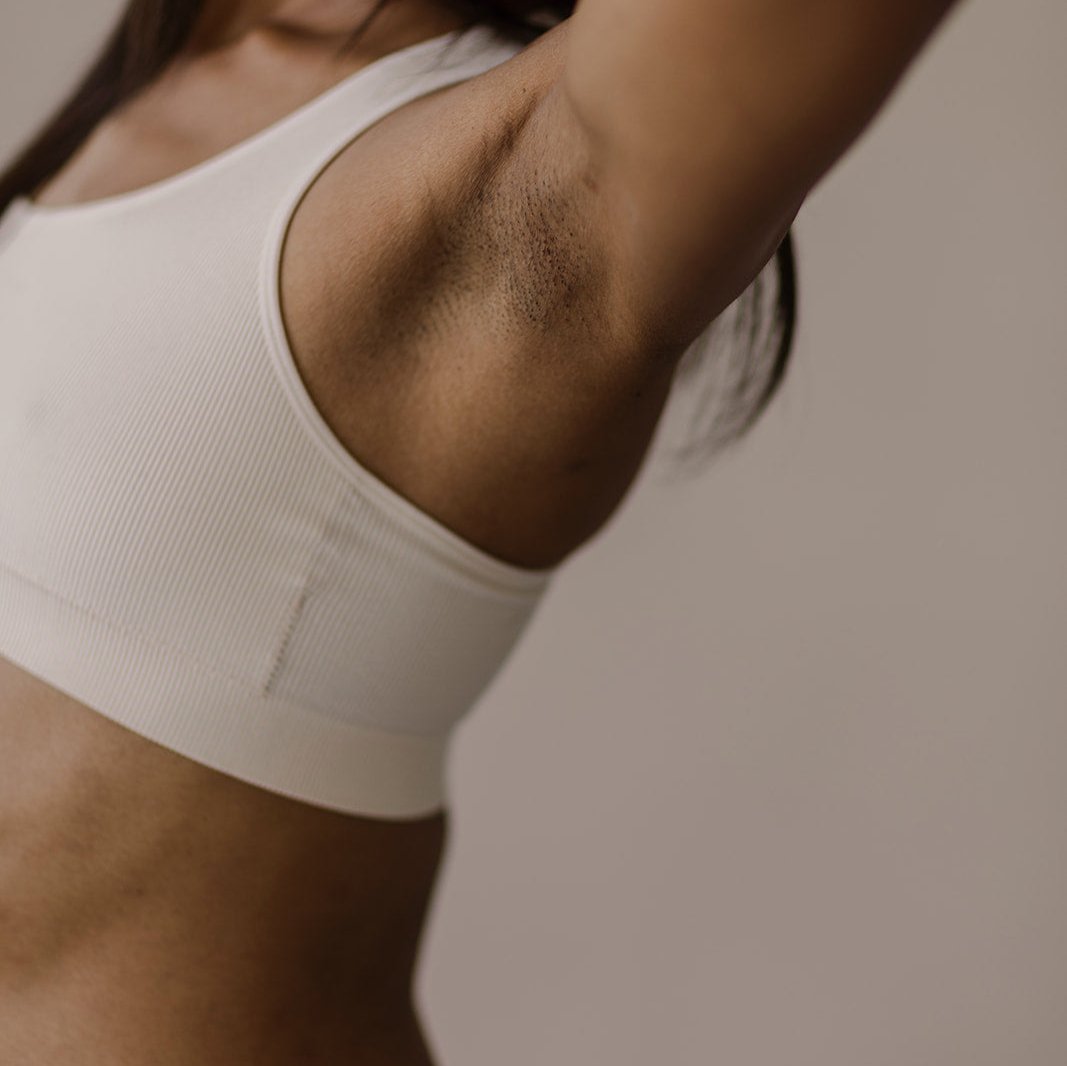 Keratosis Pilaris (KP) – it’s that pesky skin condition that leaves you with rough, bumpy patches, usually on your upper arms, thighs, and buttocks. While it’s harmless (thank goodness), it can certainly be a bit of a skin frustration. We’re betting you’ve probably read all about chemical peels and their magic by now, but bear with us – we’re about to share a little extra knowledge that could help take your skin from bumpy to smooth. Ready to dive in?
Keratosis Pilaris (KP) – it’s that pesky skin condition that leaves you with rough, bumpy patches, usually on your upper arms, thighs, and buttocks. While it’s harmless (thank goodness), it can certainly be a bit of a skin frustration. We’re betting you’ve probably read all about chemical peels and their magic by now, but bear with us – we’re about to share a little extra knowledge that could help take your skin from bumpy to smooth. Ready to dive in?
Step 1: Start with At-Home Care
Before diving into professional treatments, let’s see what you can do at home to improve your skin:
- Switch Your Shower Gel
Your regular shower gel might be doing more harm than good. A lot of products contain sodium lauryl sulfate, which can dry out the skin and make KP worse. Try a sulfate-free body wash instead.
Tip: Use your face wash on your arms for a week or two. Face washes tend to have gentler cleaning agents, which can sometimes work wonders on KP-prone skin.
- Exfoliate Gently
Exfoliating is key when it comes to breaking down the keratin buildup that causes KP. Look for body products with gentle exfoliants like glycolic, lactic, or salicylic acid. These acids help clear pores and soften skin.
- Hydrate Your Skin
Once you’ve exfoliated, lock in moisture with a thick, fragrance-free moisturiser. This will keep your skin soft, hydrated, and help reduce the appearance of bumps.
- Avoid Hot Showers and Tight Clothing
Hot water and tight clothing can irritate your skin and make KP worse. Stick to lukewarm showers and loose-fitting clothes to keep things comfy and reduce friction.
Consistency is key here. If you don’t see results with these at-home steps, it may be time to consider professional treatments to give your skin the extra help it needs.
Step 2: When to Seek Professional Help
If at-home care isn’t cutting it, or if the bumps are inflamed, red, or just not budging, professional treatments could speed up the process and help you achieve smoother skin faster.
Step 3: Professional Treatments That Actually Work
Professional treatments can really help tackle KP, especially depending on the severity of your condition. We've seen amazing results in the clinic, and we highly recommend researching these options to see which might become your skin's new best friend. Sometimes, a professional treatment can give your at-home care the little boost it needs to really work wonders.
Here’s a rundown of the treatments we’ve found to be most effective:
Hydrafacial + At-Home AHA/BHA Maintenance
A Hydrafacial is a fantastic option for KP. It exfoliates, cleanses, and hydrates your skin, giving you a deep clean that helps tackle the keratin buildup. To keep the results going at home, continue using products with AHA (alpha-hydroxy acid) or BHA (beta-hydroxy acid). These acids help exfoliate dead skin and keep your pores clear. Many clients swear by this combination for KP!
Chemical Peels
Chemical peels, particularly with glycolic or lactic acid, are excellent for treating KP. These acids exfoliate deeply, removing that keratin buildup and smoothing out the bumps.
- Best for: Mild to moderate KP
- Frequency: Every 4 weeks
Microneedling (Vivace)
Microneedling works by stimulating collagen production, improving skin texture, and smoothing out the bumps caused by KP. It also helps break down the keratin buildup.
- Best for: Persistent roughness or redness
- Frequency: Monthly (many clients see noticeable results after just one treatment)
How Microneedling Helps: The tiny channels created in your skin promote healing and improve texture. When combined with radiofrequency (RF) energy, it can tighten skin and reduce the appearance of bumps, breaking down that pesky keratin buildup.
Soprano Ice (Laser Hair Removal)
If hair growth is making your KP worse, Soprano Ice laser hair removal might be the solution. The laser targets and removes hair from the follicles, reducing irritation and future clogging.
- Best for: KP worsened by hair growth
- Frequency: Every 4–6 weeks, depending on the area
Waxing
While waxing can temporarily remove hair and clear clogged follicles, it's not a long-term solution for KP. It might provide short-term relief, but it doesn’t address the root cause of KP.
- Best for: Clients who aren’t ready for laser hair removal
- Note: Honestly, we think waxing could actually make KP worse in the long run, so we’d recommend exploring other options for more lasting results.
Step 4: A Realistic Approach
If you’re just starting out or you’re on a budget, begin with home chemical exfoliation and hydrating products. For faster results or more severe KP, consider starting with a professional chemical peel or microneedling. To maintain those results, continue with at-home care using AHA or BHA products.
There’s no one-size-fits-all answer, so take the time to find what works best for your skin and lifestyle.
Conclusion
Keratosis Pilaris is completely manageable with the right blend of at-home care and professional treatments. Start with gentle exfoliation and moisturising at home. If you're not seeing the results you want, consider professional treatments like Hydrafacial, chemical peels, or microneedling to speed things up. With consistency and the right treatments, you’ll be on your way to smoother, bump-free skin in no time!



